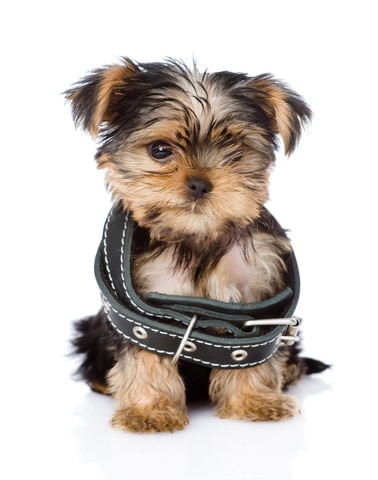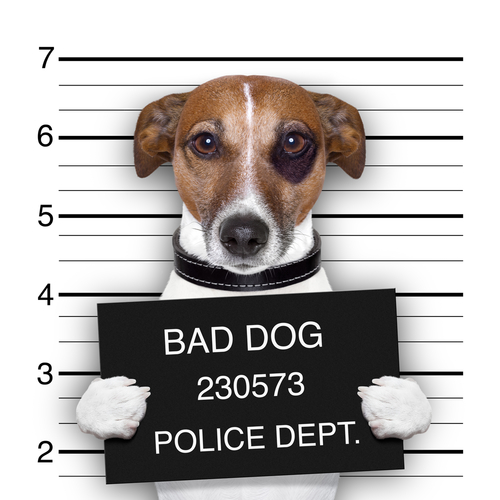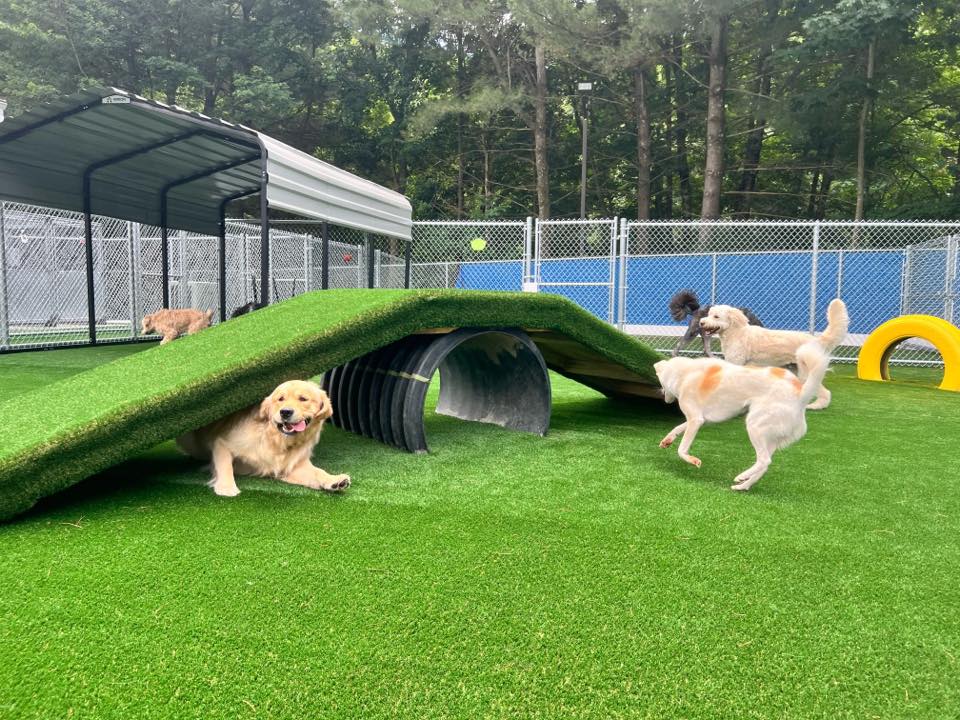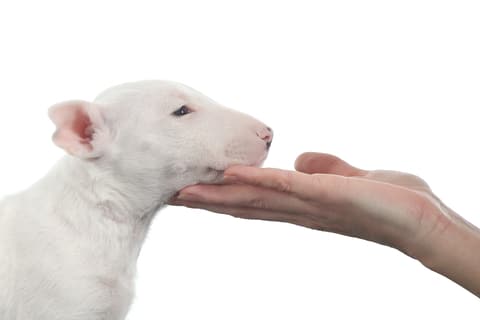Consider your dog
A customer bringing her dog to stay at All Dogs Gym told us that her dog may be a little stressed because they’re moving house. I was glad she was bringing him to stay with us—a place he was familiar with and where he has loads of friends (our staff).
It is really important to consider your dog and your dog’s psyche at moving time—a time of tremendous stress to everyone involved. The impact of moving is just as traumatic to pets as it is to people. The household is in an uproar. There is no physical order, schedules change, things disappear into boxes, and the people are stressed out and behaving strangely. To top it all off, people come into the house and remove everything.
We humans know what we’re doing and why (although in the middle of the confusion one begins to wonder if we really do), but the family pet has no idea what is happening. It is not surprising then, that many dogs behave abnormally at moving time, and well after. Common problems are lack of housetraining, destructive chewing, hyperactivity and pestering, attention getting behavior.
When you first plan your move, it is helpful to implement some strategies for helping your dog get through the coming stresses and changes. Establish a daily routine you will be able to stick with through the packing, moving and unpacking phases. Spend some time every day with your dog—time devoted just to her. As little as ten or twenty minutes a day will do, throwing a ball, doing some positive obedience training, grooming, teaching her a new trick—anything where she is the center of your attention. It is not enough to mindlessly stroke your dog while you’re watching TV (and who has time for that anyway when you’re moving). Meaningful attention means focusing on your dog, and this kind of attention can reduce or even eliminate stress and behavior problems.
If you are moving within a reasonable distance, take your dog to visit the new home before you move. Walk her around, play with her, and do some obedience exercises. Let her explore the house and become familiar with it. More than one visit is even better. The first time we brought our dogs to our new house, they were constantly active and busy. The second time, they settled down and relaxed. When we actually made the move, they settled in quickly.
What to do with your dog during the move depends on the dog. If you keep her around, be sure she’s in a safe place while the doors are open and things are being moved out. I generally recommend boarding the dog for the day of the move. Not only is she safe, but she misses the worst of the activity and stress — the push to get everything out, clean up and move on.
We all learned an important lesson when one of our instructors once handled moving day by putting her Rottweiler in the backyard to play with her husband while the movers took everything out. She then left with the moving van to guide them to the new house, leaving her husband to follow with the dog in their car. When he brought the dog into the now empty house, she panicked. She rushed all around looking for Mom and all her stuff. He had a terrible time trying to get her out of the house and into the car. She wouldn’t leave until she had checked out every room, every closet, every possible place Mom could be hiding, several times. This unnecessary stress could easily have been avoided by putting her in a boarding kennel or leaving her with a friend for a few hours or a day.
Have the new house ready for your dog before you bring her in. Have her crate or bed set up, the yard fenced, or whatever arrangement you plan to have for her. Have some of her toys unpacked and her water bowl filled with water from the former home. A dog’s system is accustomed to the food and water she has been eating and drinking. Abrupt changes can cause intestinal distress, so bottle some water from the former home and introduce the new water gradually over a period of several days.
After the move, try to stick to your dog’s normal schedule, especially regarding feeding, exercising, play and training. If your own schedule changes because of the move, introduce the new schedule with as much similarity to the old as you can. For example, if your dog was accustomed to a morning walk, but now you have to leave for work earlier and can’t manage the walk, try to fit in a short walk for the first week or two. Take a longer walk after work, so your dog still gets exercise and time with you while she gets used to the schedule change.
Spending time with your dog everyday will get her through the worst of it. If you see that she is stressed, give her a training session, or play time. Spending those few minutes with your dog can make all the difference between a dog who is having difficulty adjusting to the move, and one who is calm and relaxed.







